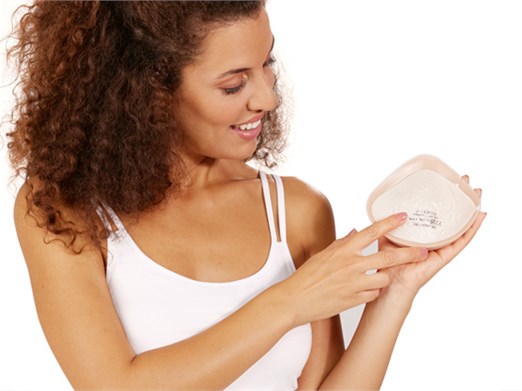The Problem With The Lymph
Interview with Mr. Hemm, Managing Director of Lymphologic Medizinische Weiterbildung GmbH, one of the leading continued education companies in lymphology in Germany.
What is lymphedema?
Lymphedema is an accumulation of fluid in the tissues. It occurs due to damage to the pathways (lymphatic vascular system), as a result of which the normal amount of fluid cannot be removed as required. Such damage occurs, for example, during breast cancer surgery or radiation.
How often does lymphedema develop after breast cancer surgery? Where and when does it develop?
There are no exact figures on the frequency. Due to modern therapy methods, breast cancer can often be operated on in a way that is gentle on the lymphatic vessels. Arm lymphedema occurs rarely (in 5-7% of cases). However, due to the anatomy of the lymphatic vessels, lymphedema of the breast and chest is very common.
Postoperative oedema may develop immediately after surgery and fades away after a few days. Lymphedema usually does not appear for weeks or months. Most patients describe the initial symptoms within the first two years.
How does a woman know if she has lymphedema?
The first signs are a sense of tension combined with a slight swelling in the corresponding part of the body. Increased and deepened bra impressions are also symptoms. This is the right time to inform your doctor and discuss further procedures with him.
How does lymphatic drainage work and how long does the effect last?
Manual lymphatic drainage improves lymphatic vessel function and the absorption and removal of tissue fluid. It shifts fluids to neighbouring areas of the body that are not edematized. Hardened connective tissue is loosened. After the therapy, these effects will slowly decrease again. Thus, lymphatic drainage is only one component in the complex physical decongestive therapy for the treatment of lymphedema, in addition to appropriate compression therapy, skin care, exercise in compression and the patient’s daily active cooperation.
What tools are available and where do women get them?
In the case of breast lymphedema, specially developed bras provide compression therapy. In combination with balance shapers or breast forms, they can be prescribed by any general practitioner and fitted in a specialised medical supply store. The most important thing is that patients can cope with the tools and that they are individually tailored to their needs.
Can you prevent an oedema?
Unfortunately, there is no such thing as a one hundred percent reliable prophylaxis. According to current studies, the development of lymphedema depends on many different factors.
However, physical activity, i.e. adapted sports such as medical training therapy, water sports or Nordic walking, play an important role in therapy and also in prophylaxis. The therapist can show some basic instructions which can be performed by the patient independently. Wearing the aids is an equally important factor along with self-management.
Contact your mastectomy fitter or Amoena retailer to see for yourself Amoena solutions for preventing lymphedema.
List of our retailers you can find here.





















